EUROPE 5 BEAUTIFUL noble estates in Moscow
Categories: Asia | Nature | Photo project | Society | Travel | World
By Vika https://pictolic.com/article/europe-5-beautiful-noble-estates-in-moscow.htmlWhat used to be the suburban residences of eminent Moscow nobles is now located within the city and pleases the inhabitants of the concrete jungle with its greenery, parks, and palace ensembles.
5 PHOTOS
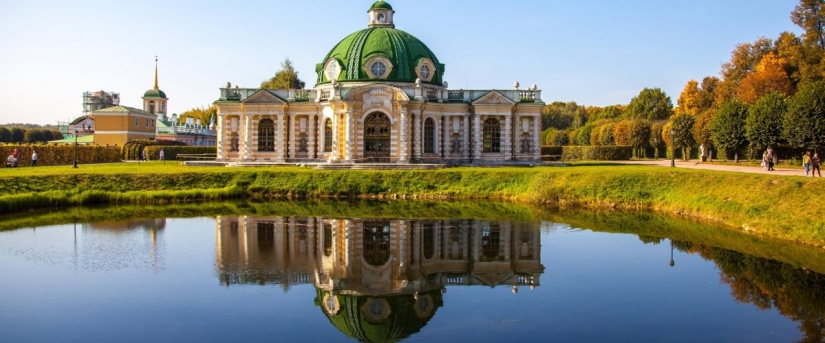
1. Kuskovo.
One of the most beautiful estates in Russia once belonged to the noble family of the Sheremetev's. In the 18th century, an incredible palace was built and its golden age began. The estate includes a wooden palace, a parade, and an English park, several outbuildings in the Dutch, Italian and Swiss styles, as well as a large greenhouse for growing rare fruits. According to legend, Count Sheremetev decided to surprise Catherine the Great and gave her a basket of peaches from his greenhouse in winter, which was unimaginably exotic for the 18th century.
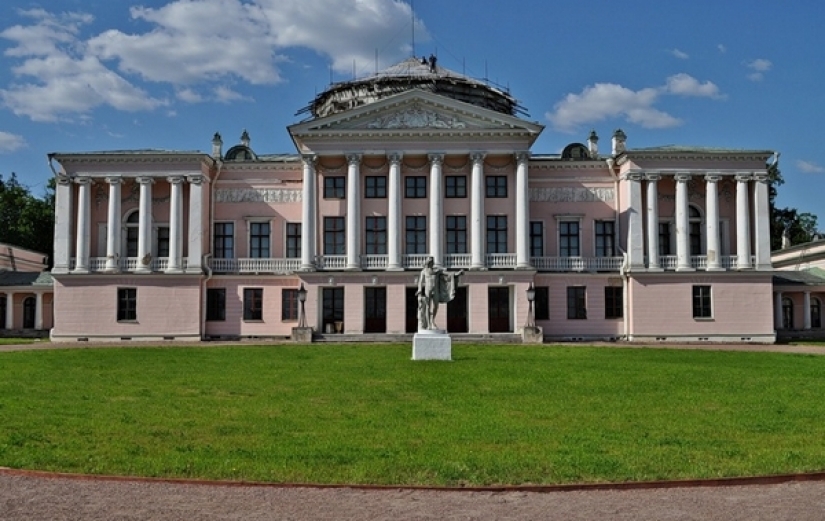
2. Ostankino.
The extremely wealthy Sheremetevs had another estate, much closer to the city center. There were also greenhouses where rare trees and plants were grown. Also on the territory of the estate, there is a unique ornamented church of the 17th century. But most of all, the estate is known for its private theater, in which serf actors performed and for which a special palace with a stage and auditorium was built. The secret lover of Nikolai Sheremetev, Praskovya Zhemchugova, was the star of the theater scene. At the end of the 18th century, there were already imperial theaters in St. Petersburg, but the Sheremetev theater was still invited to perform in front of the imperial couple.
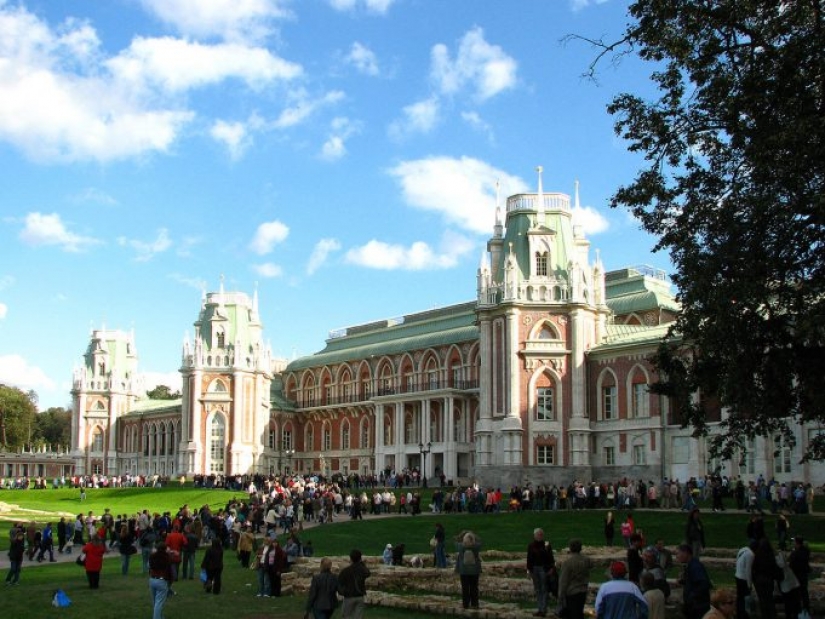
3. Tsaritsyno.
The idea of the grandiose "Tsarskoe Selo near Moscow" belonged to Catherine the Great. A huge amount was allocated for its construction, but the empress soon lost interest in the idea and only once stopped in Tsaritsyno. The palace complex of the 18th century was designed by the main architects of that time - Vasily Bazhenov and Matvey Kazakov - and as a result, became a rare example of pseudo-Gothic in Russia. By the way, as conceived by the architects, the palace was built of red and white bricks, which echoes the color palette of the Kremlin and Red Square. It was the first such large-scale palace ensemble outside the capital, St. Petersburg, and one of its main features was a large and picturesque "landscape park".
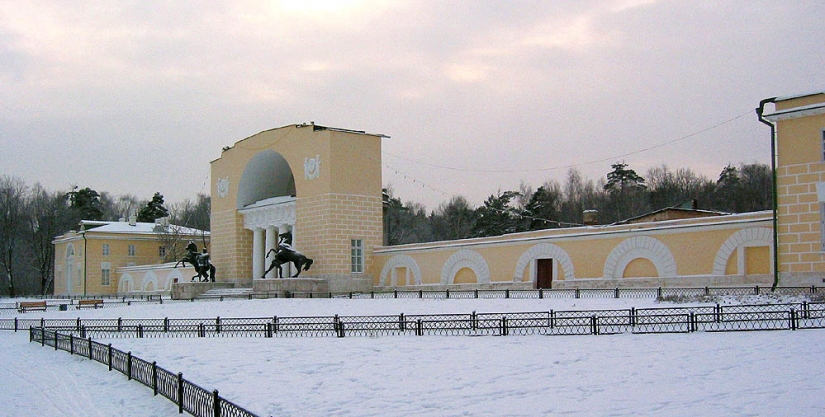
4. Kuzminski.
This estate belonged to the noble family of the Stroganovs, and later passed to the princes Golitsyn as a dowry when the two families got married. At different times, the estate was visited by many tsars, from Peter I to Alexander II. People were attracted by an exact copy of the Jerusalem icon of Our Lady of Blachernae, which was kept in the estate as a relic and in honor of which a first wooden and then a stone church in the classical style was built.
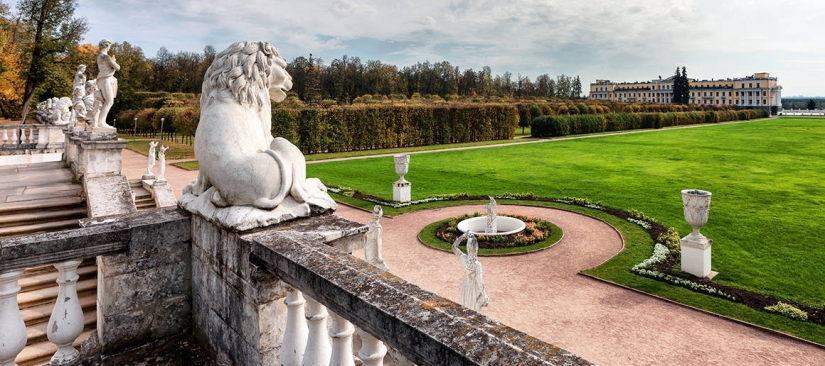
5. Arkhangelskoe.
This estate passed from hand to hand many times, and its owners were the aforementioned Sheremetev's and Golitsyns, as well as the Yusupovs, they all belonged to the oldest and richest Russian noble and princely families. The palace ensemble was formed in the late 18th - early 19th centuries and is very similar to the luxurious imperial residences outside St. Petersburg. There is a formal park with a huge number of sculptures, several palaces, its own theater, and even a family church and a colonnaded mausoleum of the Yusupovs. The picturesque landscape is crowned with a view of the Moskva River.
Keywords: Viajes | Turismo | Turistas | Rusia | Moscú | Ciudades | Países | Naturaleza | Lugares hermosos
Post News ArticleRecent articles

Modern people are sure that all devilry begins exactly at midnight and this time is considered the most mystical and dangerous. But ...

Everything changes over time. And even those facts that you previously considered reinforced concrete may change after some time. ...

On your day off, you can take a break from everyday work, do what you love, or just have a good time with family and friends. Why ...